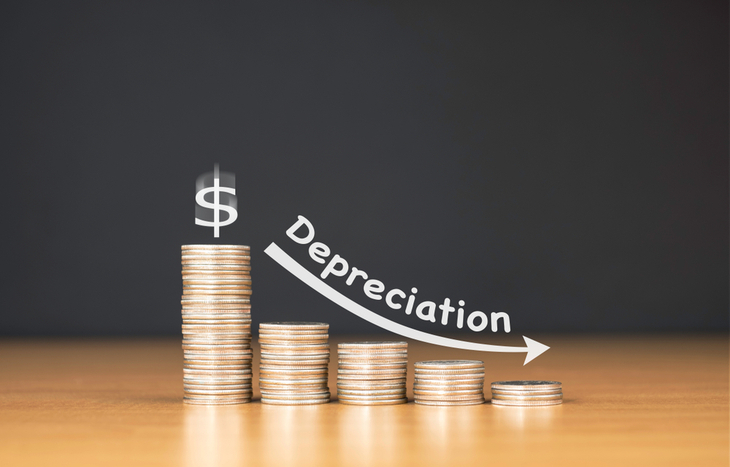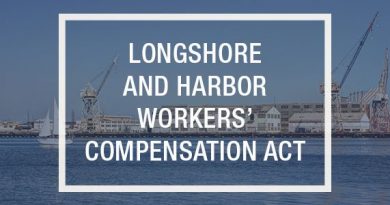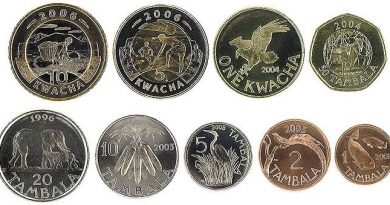Useful Life Definition and Use in Depreciation of Assets

Contents
Useful Life Definition and Depreciation of Assets
What Is Useful Life?
The useful life of an asset is an accounting estimate of the number of years it is likely to remain in service for cost-effective revenue generation. The Internal Revenue Service (IRS) uses useful life estimates to determine the depreciation period of an asset. Factors that can affect useful life estimates include usage patterns, age at purchase, and technological advances.
Understanding Useful Life
Useful life refers to the estimated duration of utility for various business assets such as buildings, machinery, equipment, vehicles, electronics, and furniture. Useful life estimates determine when assets become obsolete, require repairs, or no longer produce economic results. These estimates, measured in years, are used to create depreciation schedules for capital goods expenses.
Useful Life and Straight Line Depreciation
Straight-line depreciation divides the cost of an asset by its estimated life to determine annual depreciation. The depreciation value is spread evenly over the useful life. For example, an asset purchased for $1 million with a 10-year useful life would be depreciated at $100,000 per year.
Useful Life and Accelerated Depreciation
Businesses may choose accelerated depreciation, with higher depreciation at the start of the useful life and decreasing amounts over time. The reducing balance depreciation model reduces the annual write-offs by a fixed percentage rate until it reaches zero. Using the sum of years method, depreciation decreases by a set dollar amount each year until fully depreciated.
Useful Life Adjustments
Utility duration in a useful life estimate can be adjusted under various conditions, including early obsolescence due to technological advancements. To change a useful life estimate in this case, a company must provide a clear explanation and documentation comparing old and new technologies to the IRS. For example, if an original estimate is 10 years, but new technology may render it obsolete after eight years, a company can accelerate depreciation based on the updated eight-year estimate.



